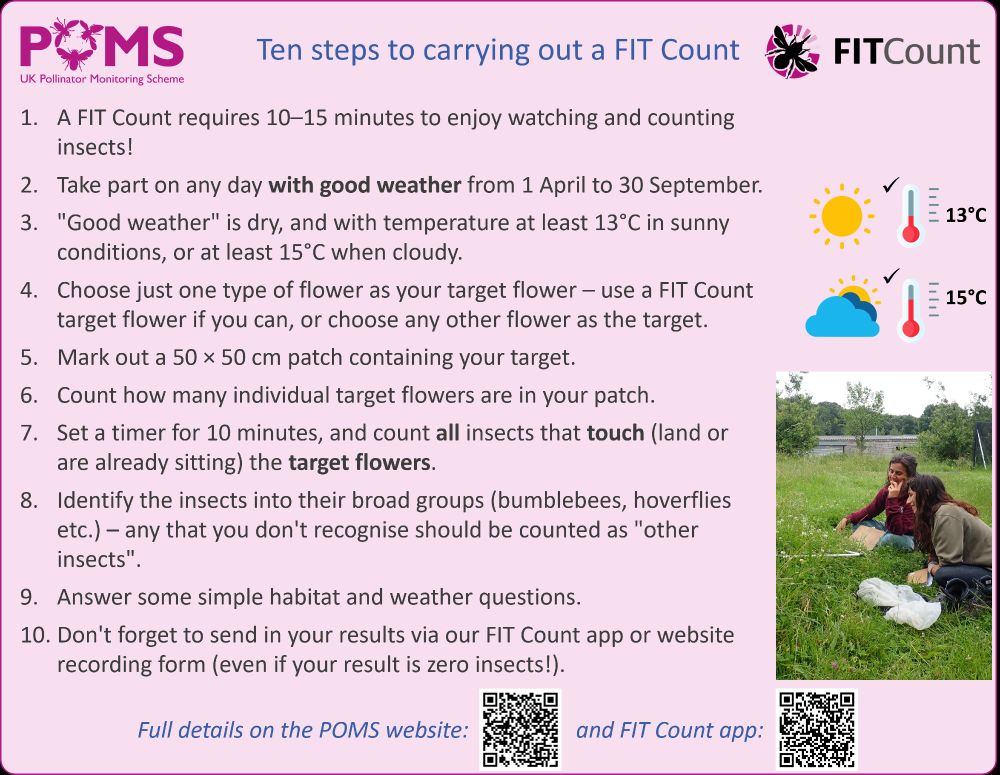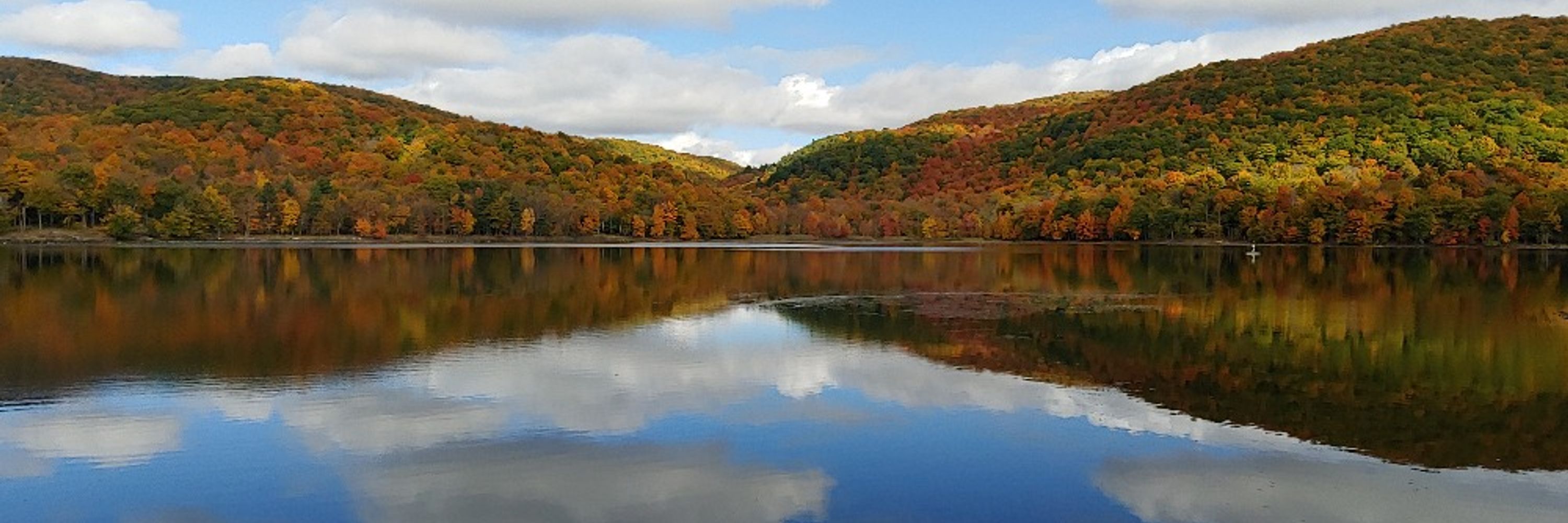
@batconservation.bsky.social at the University of Exeter on using genomics to understand bat population declines under global environmental change 🦇🧬🌍🌐🧪
Application deadline 8 January 2026 ⚠️⚠️⚠️
www.findaphd.com/phds/project...

@batconservation.bsky.social at the University of Exeter on using genomics to understand bat population declines under global environmental change 🦇🧬🌍🌐🧪
Application deadline 8 January 2026 ⚠️⚠️⚠️
www.findaphd.com/phds/project...
UKCEH makes sense of environmental complexity to power decisions that shape a better future.
We don’t just examine our planet, we decode it – working out how to build a better tomorrow.
🎞️ youtu.be/s9fBwN5-kxM
#UKCEH #EnvironmentalScience 🧪

Our new PNAS article calls for predictive tools and a World Biodiversity Research Programme to guide global action.
👉 doi.org/10.1073/pnas...
#Biodiversity #Conservation #PredictiveModels #PNAS

Our new PNAS article calls for predictive tools and a World Biodiversity Research Programme to guide global action.
👉 doi.org/10.1073/pnas...
#Biodiversity #Conservation #PredictiveModels #PNAS
Read here: bit.ly/460RB7R

Read here: bit.ly/460RB7R

www.theguardian.com/world/2025/a...

www.theguardian.com/world/2025/a...
theconversation.com/what-to-do-w...
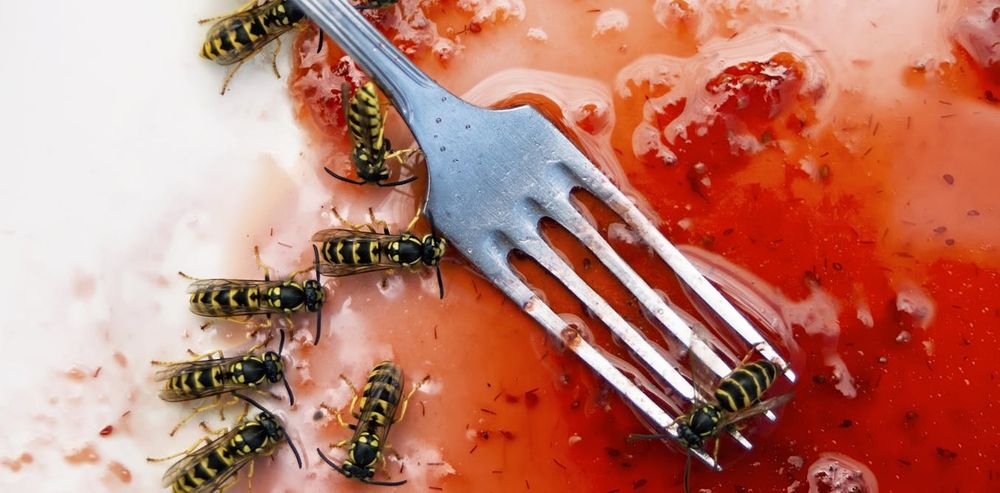
theconversation.com/what-to-do-w...

Re further data collation, for anyone that happens to be at EntSoc in Portland, look out for Eliza Grames' symposium on evidence synthesis.
Re further data collation, for anyone that happens to be at EntSoc in Portland, look out for Eliza Grames' symposium on evidence synthesis.
I moved very slowly all day, inspired by @yutoriwalking.bsky.social
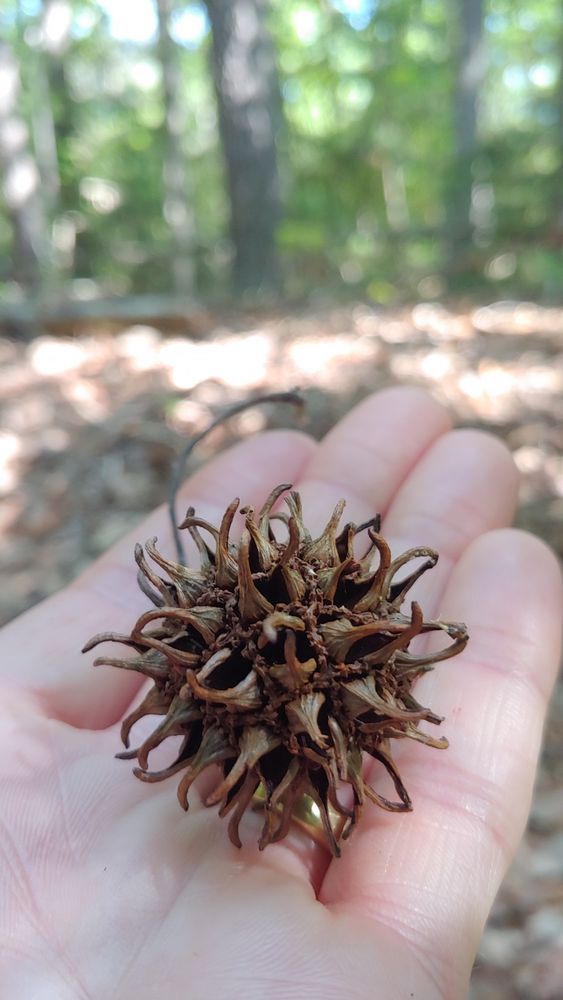
I moved very slowly all day, inspired by @yutoriwalking.bsky.social
www.teenvogue.com/story/chatgp...

www.teenvogue.com/story/chatgp...
*Aberdeen
*Exeter
*Falmouth
*Newcastle
*Plymouth
*Trinity St Davids

A new Marie Skłodowska-Curie Actions Postdoctoral Fellowships 2025 call is now open.
With a budget of €404.3 million, it will support around 1,650 researchers from Europe and beyond.
Apply by 10 September → europa.eu/!fBTMgF
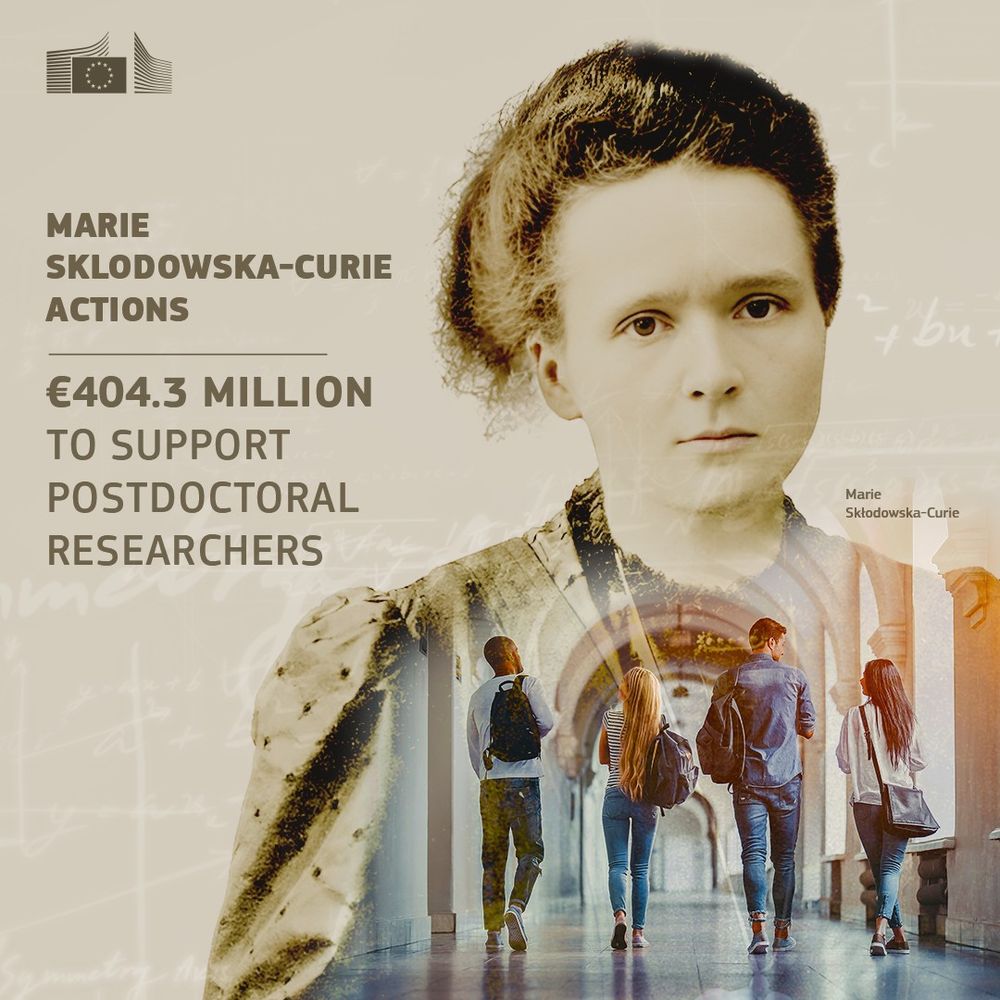
A new Marie Skłodowska-Curie Actions Postdoctoral Fellowships 2025 call is now open.
With a budget of €404.3 million, it will support around 1,650 researchers from Europe and beyond.
Apply by 10 September → europa.eu/!fBTMgF
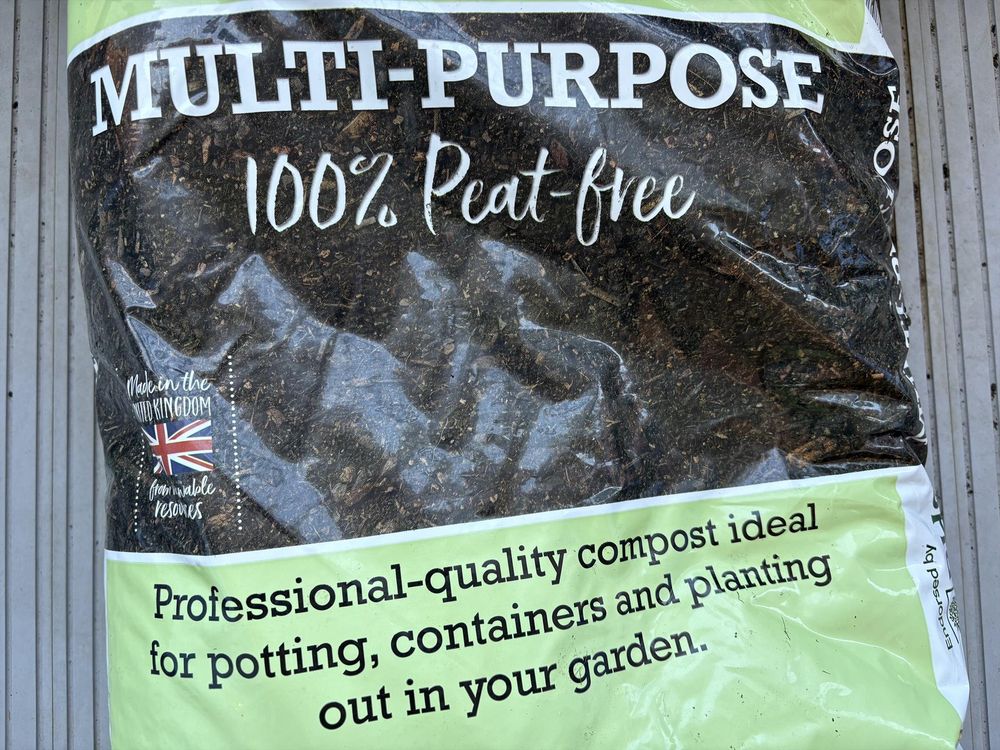
theconversation.com/heres-how-to...
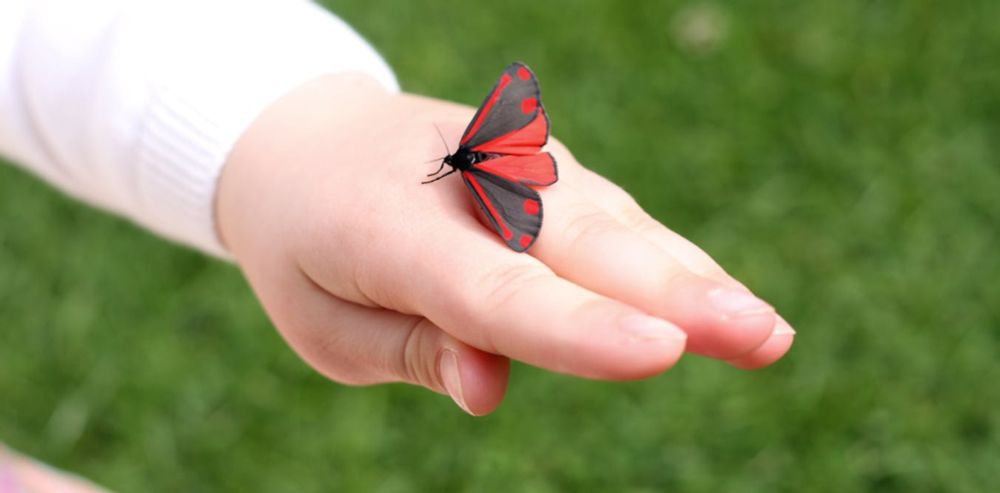
theconversation.com/heres-how-to...
We review how best to use different types of evidence to better understand global insect declines 🦗🪳🪲🦋🐛🐜
"Integrating multiple evidence streams to understand insect biodiversity change" published in @science.org
🔗 tinyurl.com/mr35bdaa
A summary 🧵 below (1/7)
Scientists are proposing a new approach to get a more complete picture of insect populations and analyse how they are responding to threats.
Read more: www.ceh.ac.uk/press/some-i... 🧪
🧵 1/
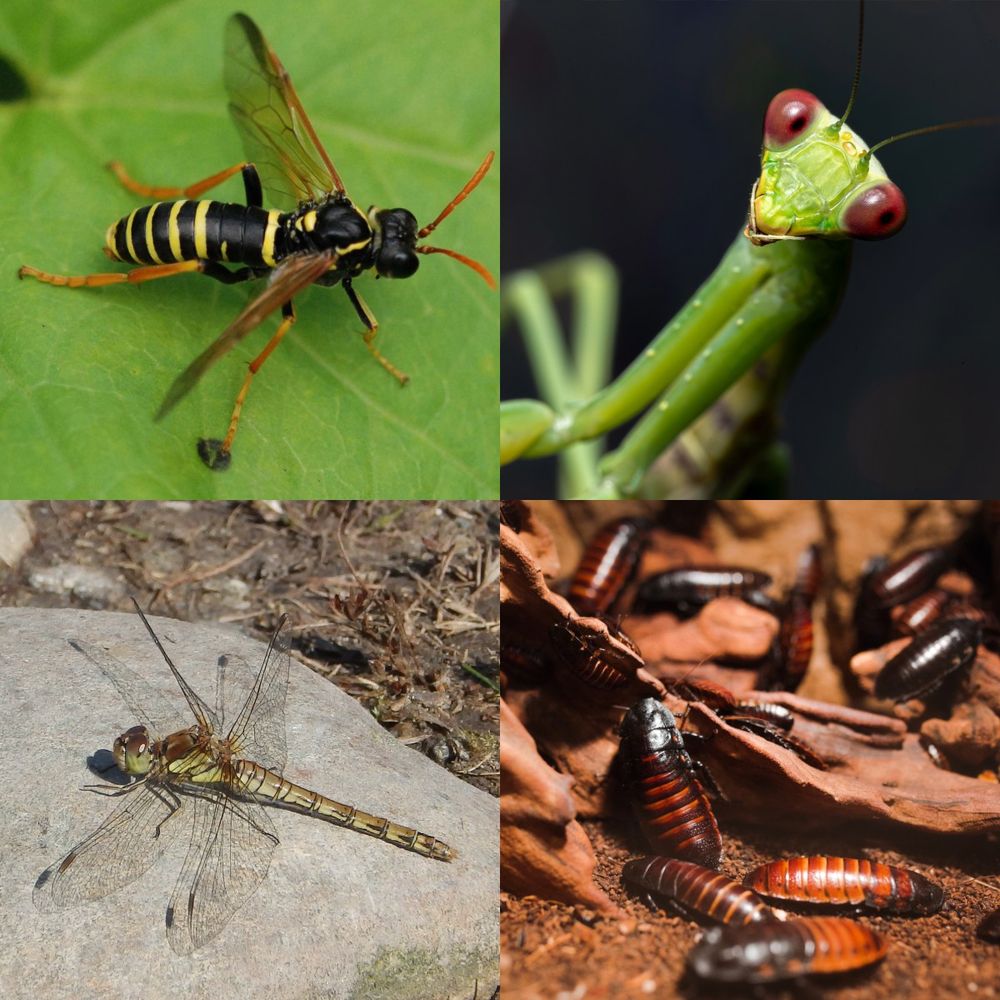
Scientists are proposing a new approach to get a more complete picture of insect populations and analyse how they are responding to threats.
Read more: www.ceh.ac.uk/press/some-i... 🧪
🧵 1/
(There have other great opportunities too)
www.britishecologicalsociety.org/topic/career...
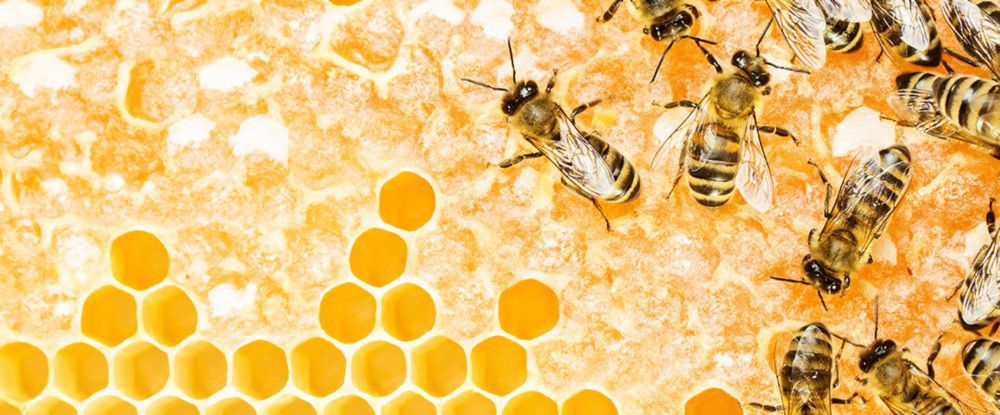
(There have other great opportunities too)
www.britishecologicalsociety.org/topic/career...
@wwf.eu @wwf.org.uk
wwf.panda.org/act/nbsap_tr...
@wwf.eu @wwf.org.uk
wwf.panda.org/act/nbsap_tr...
